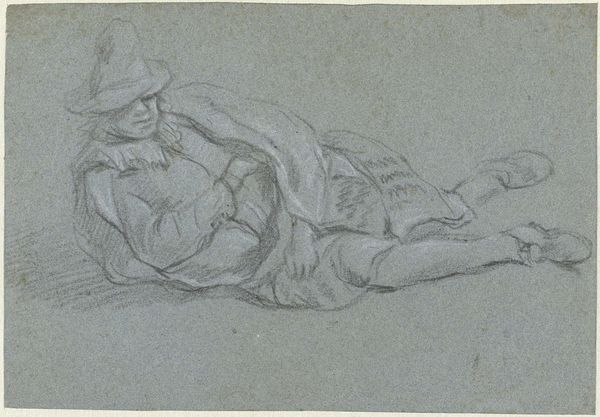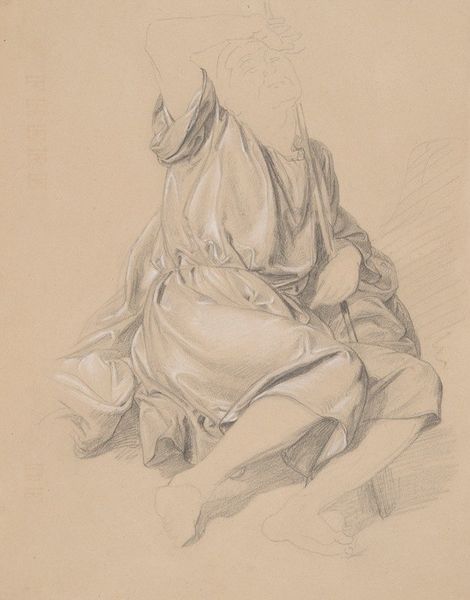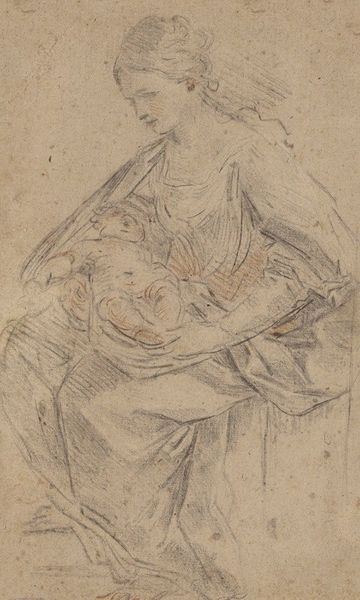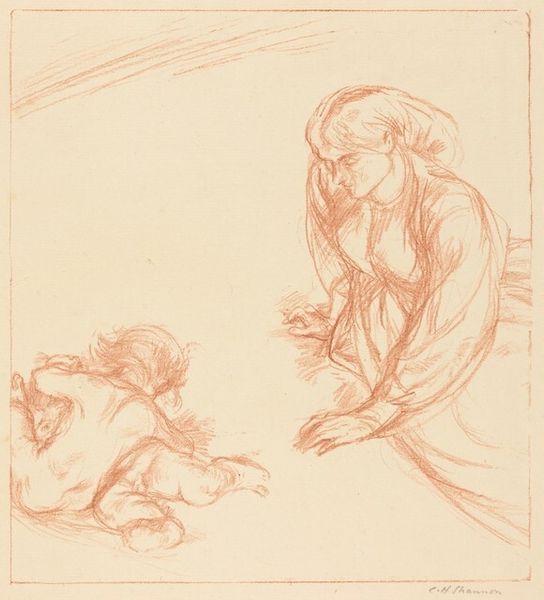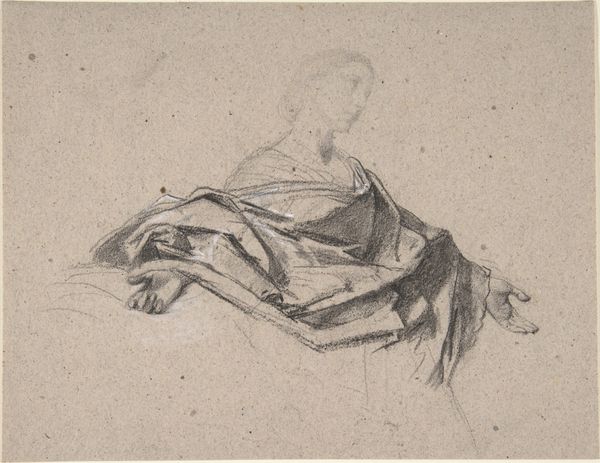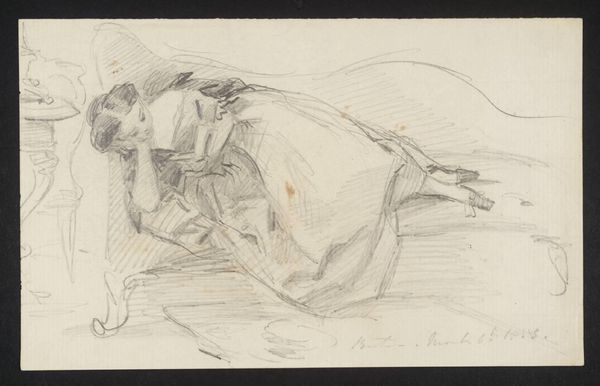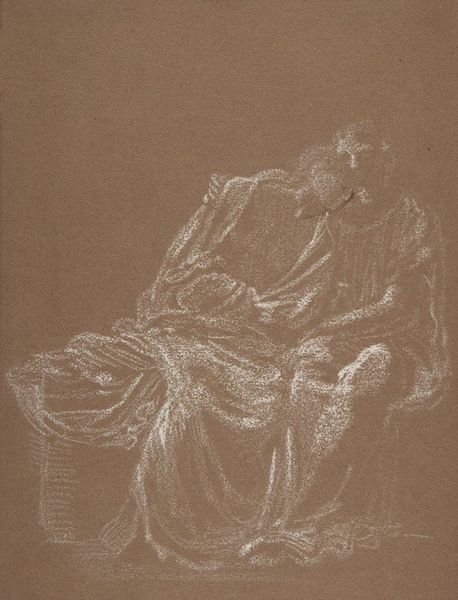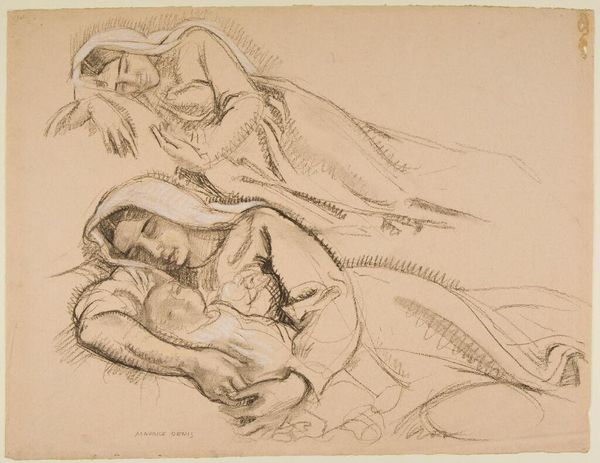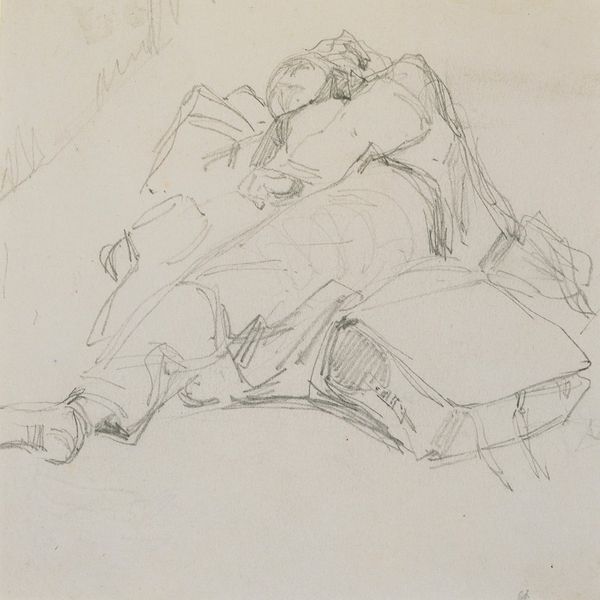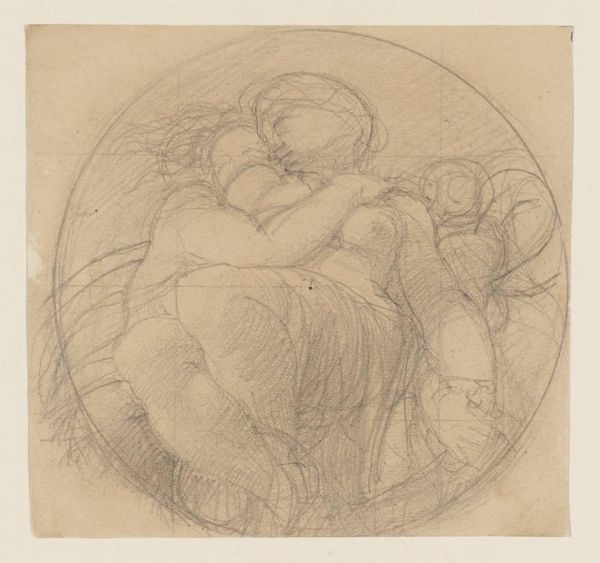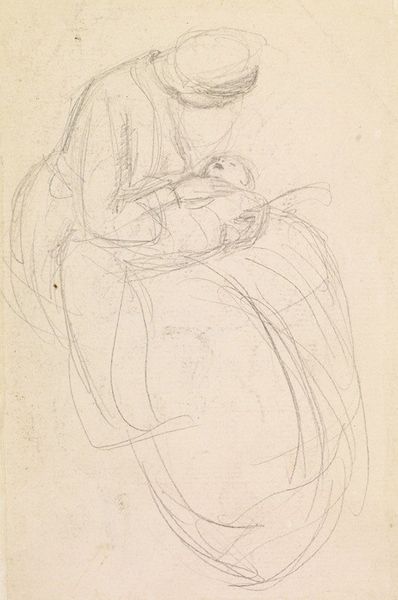
drawing, pencil
#
portrait
#
drawing
#
pencil sketch
#
figuration
#
pencil
#
history-painting
#
academic-art
Copyright: Public Domain: Artvee
Editor: This is a pencil drawing titled "The Virgin and Child" by William Bouguereau, created around the 19th century. I’m struck by how softly the lines capture the folds of her garment. What's most interesting about this piece to you? Curator: For me, the material reality of this sketch highlights a very deliberate act of production. Consider the industrialization of pencil manufacture in the 19th century – the commodification of graphite and the machinery needed to bind it. This cheap, readily available medium allowed Bouguereau, known for his academic paintings, to democratize access to idealized beauty through preparatory sketches. Editor: That's interesting. I hadn’t really thought about the impact of pencil production itself. So, you're saying that by using this mass-produced material, even for a religious subject, Bouguereau was engaging with the changing social landscape? Curator: Precisely. Academic art of this period, while often portraying classical or religious themes, also navigated the emerging consumer culture. The drawing is not just a spiritual representation but evidence of specific labor processes, from graphite mining to artistic creation. Editor: It shifts my understanding from thinking about the finished artwork, to contemplating how industrial processes facilitated its making. Thanks! Curator: Exactly! Analyzing art through its material and the means of its production allows us to better understand how culture is consumed, perceived, and disseminated. It helps us to rethink the definition of “art”.
Comments
No comments
Be the first to comment and join the conversation on the ultimate creative platform.
